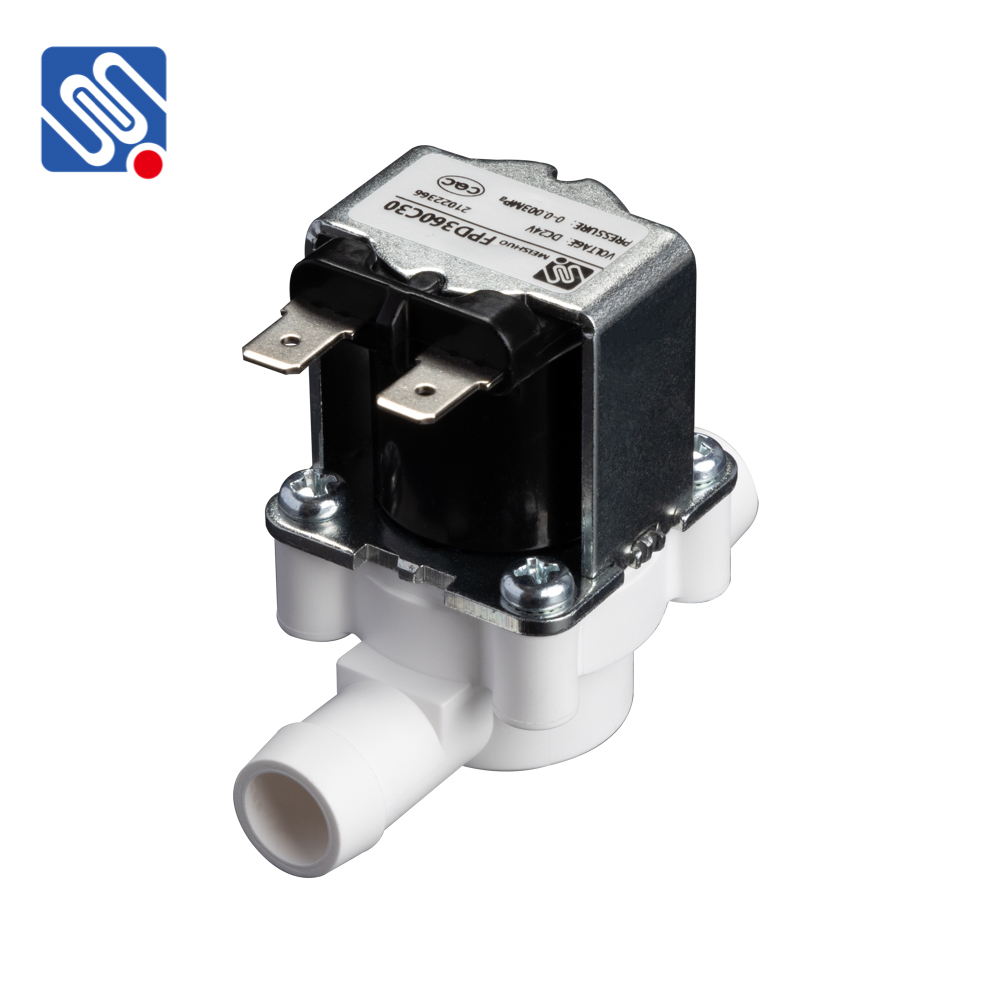understanding low voltage solenoid valves: applications, benefits, and key features
Release time:2025-10-28 02:30:44
Low Voltage Solenoid Valves (LVSVs) are essential components in modern fluid control systems, offering precise regulation of liquids, gases, and steam. Their popularity in various industrial and domestic applications is largely due to their efficiency, safety, and ability to operate with lower electrical power. This article explores the fundamental aspects of Low Voltage Solenoid Valves, their working principles, key applications, and the benefits they bring to a wide range of industries.

What is a Low Voltage Solenoid Valve?
A Low Voltage Solenoid Valve is an electromechanical device used to control the flow of fluids in pipes or other systems. It operates by using an electrical current to create a magnetic field that moves a plunger or diaphragm, which in turn opens or closes the valve. The key feature distinguishing Low Voltage Solenoid Valves from their conventional counterparts is the low voltage requirement, typically operating on 12V, 24V, or even 5V DC power, as opposed to standard solenoid valves that may require higher voltages.
These valves are crucial in systems where fluid flow needs to be regulated automatically, such as in pneumatic systems, irrigation, water treatment plants, and HVAC (Heating, Ventilation, and Air Conditioning) applications. Their low voltage operation allows them to be used in environments with restricted power sources or in systems where safety is a top priority.

